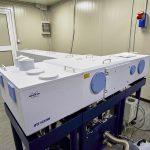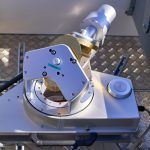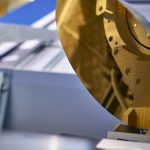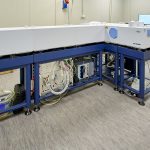FTIR spectrometer
FTIR (Fourier-Transform Infrared Spectrometers) spectrometers are Michelson type interferometers. This kind of instruments use the mathematical concept of Fourier transformation as a means of converting a detector signal output (called the interferogram) into a form useful for spectral analysis. The instruments are set up to record interferograms of incoming solar light in the infrared region.
The instrument used at CIAO is an high resolution spectrometers developed by the Bruker company (125HR).
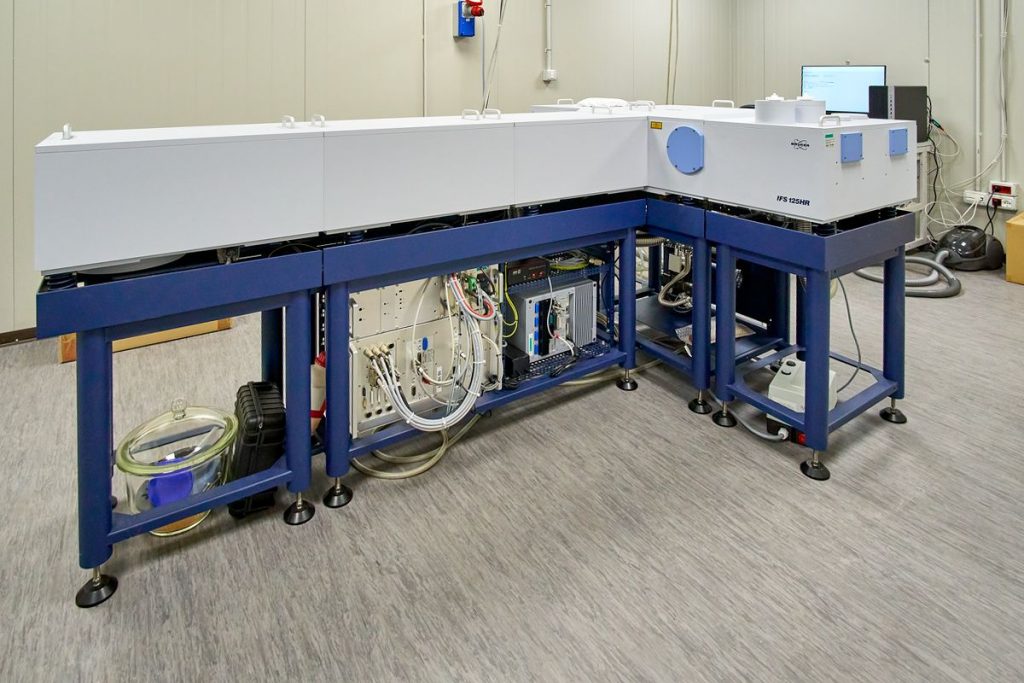
The spectra contain the spectral signatures of vibrational-rotational transitions of numerous trace gases in the terrestrial atmosphere as they absorb solar radiation. The solar absorption spectra are analysed using optimal estimation implemented in the open source retrieval code SFIT. The CREGARS-FTIR central facility retrieves ozone, formaldehyde, nitrous dioxide, ethane and ammonia. The CREGARS-FTIR central processing is fully compliant to the guidelines set forward by the IRWG (NDACC Infrared Working Group) and all CREGARS-FTIR data is forwarded from the ACTRIS data center to the NDACC (Network for the Detection of Atmospheric Composition Change) data host where the central processing of the spectra is performed. Gases of primary interest for ENDACC are O3, HCl, HF, ClONO2, HNO3, N2O, CH4, CO, C2H6, and HCN. Concentrations of these species all vary with altitude, this information along with retrieval characterization metadata are provided to allow optimal use of the data. The aim of ENDACC is to record long-term high quality inter-calibrated spectra that provide trends of trace gases that can be used to understand tropospheric and stratospheric chemistry and transport.
On the roof of the shelter containing the FTIR is installed an solar tracker (A547N/2).
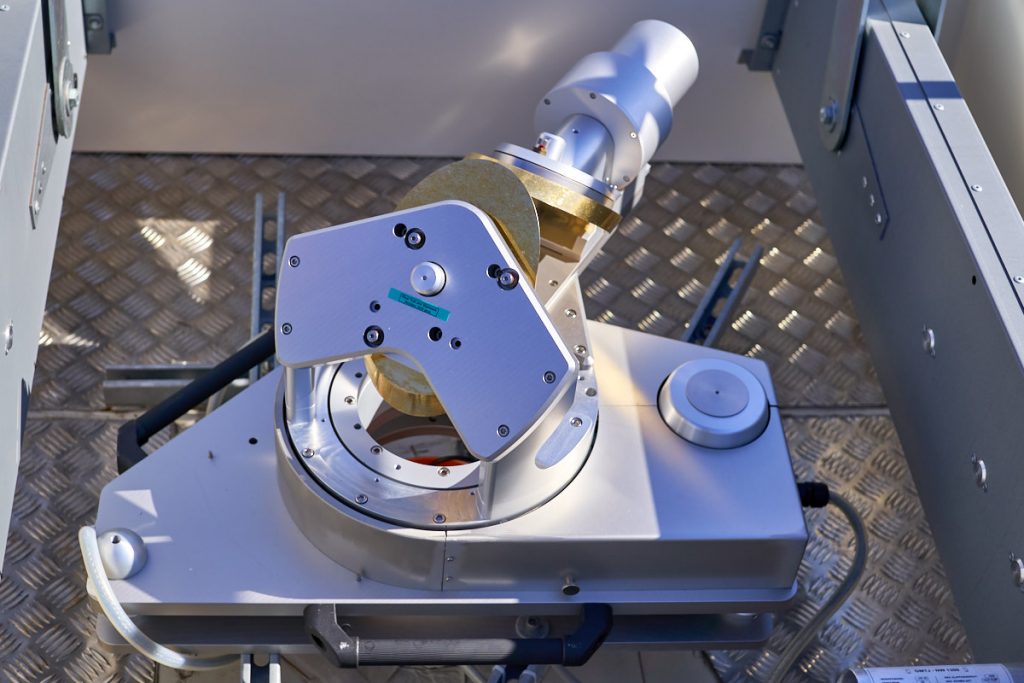
The solar tracker collect the solar radiation and automatically follows the position of the solar source. To ensure a very high pointing accuracy, the image of the sun on the spectrometer’s input aperture is observed by a camera. An image processing software (called CamTracker) calculates the relative position of the centers of the sun versus the input aperture and gives feedback to the tracker’s motors.

